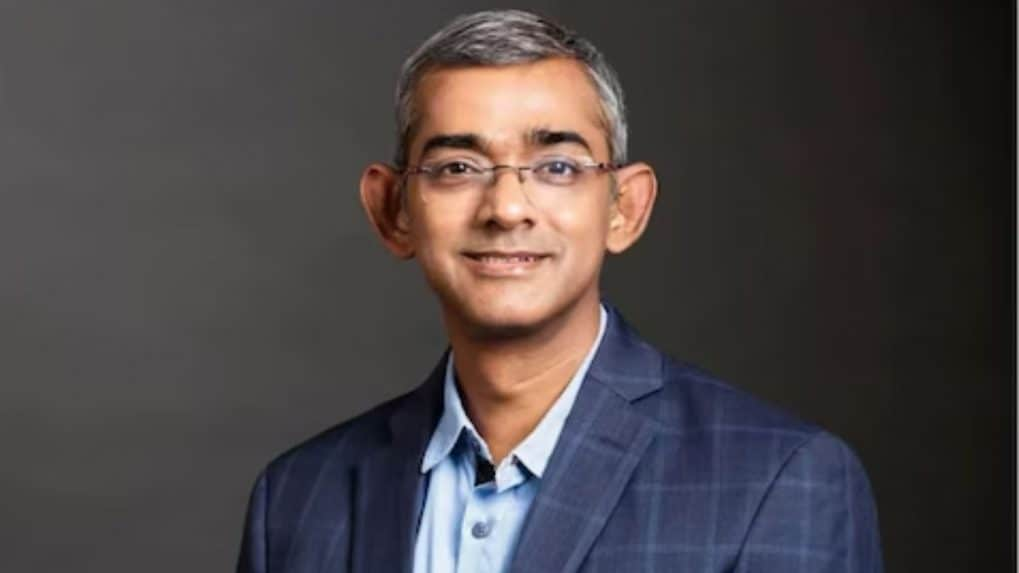Meta’s Arun Srinivas on how Gen Z, short-form video, micro-dramas and AI are reshaping India’s media landscape
At the 25th edition of FICCI Frames, Arun Srinivas, Managing Director and Head for Meta India highlighted that younger audiences are processing content three times faster than previous generations.
ADVERTISEMENT
At the 25th edition of FICCI Frames, Arun Srinivas, Managing Director and Head for Meta India, outlined four major shifts redefining the country’s media and entertainment industry: the dominance of Gen Z and Gen Alpha audiences, the surge of short-form video, the rise of micro-dramas, and the growing influence of AI.
“Gen Z is not someone who is futuristic. Many of them are already part of the online community and what they consume today will dictate how content and advertising evolve,” Srinivas said. He added that 65 percent of new brand and ad discovery for young audiences in India happens on Meta platforms, largely Instagram, with 43 percent of Reels consumption in the country coming from Gen Z.
He highlighted how younger audiences engage with content differently. “They are processing content three times faster than previous generations. Their attention span has diminished from 4.2 seconds to 1.4 seconds. They need less attention but more repetition. Frequency plays a big role—often, it is the fourth exposure to a brand that makes them take action,” he noted.
Short-form video overtakes TV
Srinivas cited data showing that 97 percent of Indians now watch short-form video daily, compared to 80 percent who watch television. “Television viewership is declining month on month. This is no longer just an urban phenomenon—rural households too are consuming on individual devices, with multiple phones per family,” he said.
On Instagram, more than half of all time spent is on Reels, and globally over 4.5 billion Reels are shared daily, double the volume from a year ago. “India leads the world in both creation and consumption of Reels. We’ve seen film promotions leverage this format to reach 300–400 million people in just a few days,” Srinivas said.
Micro-dramas: the new storytelling format
Another fast-growing trend, according to Srinivas, is the rise of micro-dramas—serialized shows with one-to-five-minute episodes, sometimes extending to 100 episodes. “This originated in China, where revenues have grown almost 15x in a few years. India is projected to become a $10 billion short-form drama market by 2030, with adoption led by Tier 2 and Tier 3 cities,” he said.
Start-ups and major platforms alike are moving into this space, licensing and dubbing foreign shows in vernacular languages and developing original content. “This fits perfectly into the mobile-first, time-constrained world of Indian audiences,” Srinivas added.
AI and the future of content
Srinivas also emphasized the transformative role of AI. “Meta AI is now available on Instagram and WhatsApp, and India is one of the largest markets using it daily. Globally, over four million advertisers used AI-generated creatives last quarter, producing 15 million pieces of content. These ads delivered double-digit better returns than human-created assets,” he said.
Meta has invested more than $64 billion in AI in the past year alone. “Our vision is to make Meta AI the world’s most widely used personal assistant,” Srinivas said.
He also pointed to the creator economy, noting India’s scale. “We are home to the largest creator ecosystem. With new tools like the Instagram Creator Marketplace and our Edits app, we’re enabling creators to publish faster and better. AI will further enhance their ability to edit, research, and produce content.”
Srinivas closed his address by tying together the four trends shaping the future: Gen Z and Gen Alpha’s consumption habits, short-form video’s dominance over linear TV, the micro-drama explosion, and AI-powered content creation.
“Let’s build the future of connection together,” he urged, giving the audience a glimpse of what’s next with the launch of Ray-Ban Meta Glasses, which he described as “a display that, in some sense, replaces the phone.”

